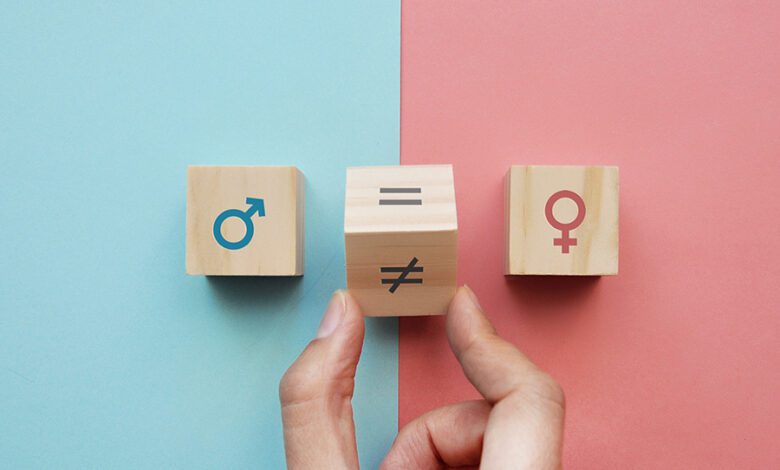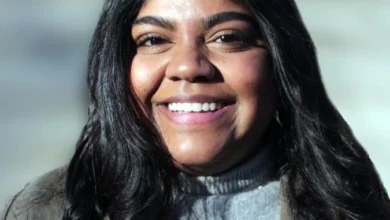It will take over 300 years to attain full gender equality at the current rate: UN report
Estimated 383 million women & girls live in extreme poverty on less than $1.90/day.

At the current rate of progress, it may take close to 300 years to achieve full gender equality, the Progress on the Sustainable Development Goals (SDG): The Gender Snapshot 2022 shows.
Global challenges, such as the COVID-19 pandemic and its aftermath, violent conflict, climate change, and the backlash against women’s sexual and reproductive health and rights are further exacerbating gender disparities.
The new report, launched today by UN Women and the UN Department of Economic and Social Affairs (UN DESA), highlights that, at the current pace of progress, SDG 5 – achieving gender equality – will not be met by 2030.
At the current rate of progress, the report estimates that it will take up to 286 years to close gaps in legal protection and remove discriminatory laws, 140 years for women to be represented equally in positions of power and leadership in the workplace, and at least 40 years to achieve equal representation in national parliaments.
To eradicate child marriage by 2030, progress must be 17 times faster than progress of the last decade, with girls from the poorest rural households and in conflict-affected areas expected to suffer the most.
The report also points to a worrisome reversal on the reduction of poverty, and rising prices are likely to exacerbate this trend. By the end of 2022, around 383 million women and girls will live in extreme poverty (on less than 1.90 a day) compared to 368 million men and boys.
“The data show undeniable regressions in their lives made worse by the global crises — in incomes, safety, education and health. The longer we take to reverse this trend, the more it will cost us all,” she said in a statement.



